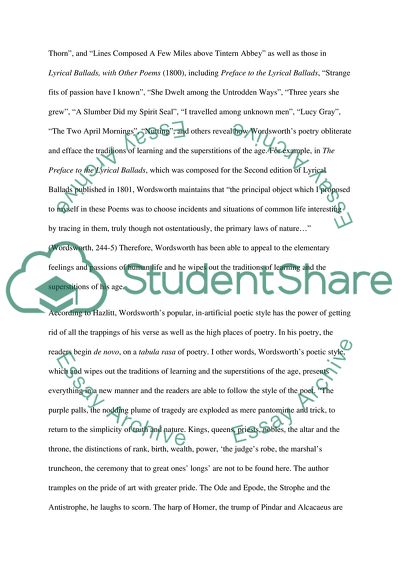Cite this document
(“Hazlitt On The Poetry Of Wordsworth Published By 1825 Essay”, n.d.)
Hazlitt On The Poetry Of Wordsworth Published By 1825 Essay. Retrieved from https://studentshare.org/literature/1561865-hazlitt-on-the-poetry-of-wordsworth-published-by-1825
Hazlitt On The Poetry Of Wordsworth Published By 1825 Essay. Retrieved from https://studentshare.org/literature/1561865-hazlitt-on-the-poetry-of-wordsworth-published-by-1825
(Hazlitt On The Poetry Of Wordsworth Published By 1825 Essay)
Hazlitt On The Poetry Of Wordsworth Published By 1825 Essay. https://studentshare.org/literature/1561865-hazlitt-on-the-poetry-of-wordsworth-published-by-1825.
Hazlitt On The Poetry Of Wordsworth Published By 1825 Essay. https://studentshare.org/literature/1561865-hazlitt-on-the-poetry-of-wordsworth-published-by-1825.
“Hazlitt On The Poetry Of Wordsworth Published By 1825 Essay”, n.d. https://studentshare.org/literature/1561865-hazlitt-on-the-poetry-of-wordsworth-published-by-1825.


